#Ancient Egypt
Text
A satirical papyrus showing a lady mouse being served wine by a cat while another cat dresses her hair, a third cares for her baby, and a fourth fans her. The mice have hilarious huge, round ears.
Where: Egyptian Museum Cairo
When: New Kingdom
6K notes
·
View notes
Text
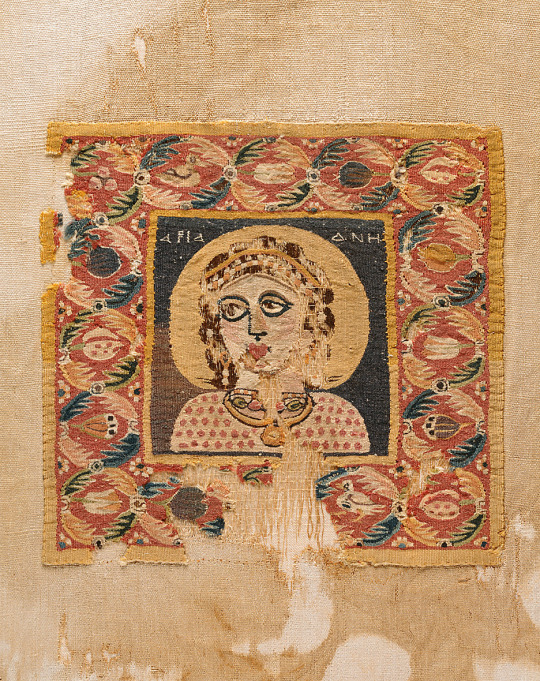

~ Ariadne and Dionysus.
Period: Late Roman/Late Antiquity
Date: A.D. 3rd-5th century
Place of origin: Achmim, Egypt
Medium: Wool on linen, colored knitting
#ancient#ancient art#history#museum#archeology#ancient history#archaeology#wool#ariadne#Dionysus#Achmim#Egyptian#Egypt#ancient egypt#3rd century#5th century
621 notes
·
View notes
Text

Ushabti for the commander of the Royal Fleet, Egypt, 26th Dynasty, 664-525 BC
from Hermann Historica
125 notes
·
View notes
Text

Map-shaped history infographic thingie I made
90 notes
·
View notes
Text
#maps#study motivation#ahsoka#ancient egypt#bd/sm puppy#wonyoung#wonder egg priority#jestem gruba#desperate housewives#concept art#virginia woolf#midna#digital sketch
122 notes
·
View notes
Text
https://kelli-057.ludgu.top/k/yHAuF6P
https://kelli-057.ludgu.top/k/yHAuF6P
#ancient egypt#wonder egg priority#concept art#digital sketch#hat#the perks of being a wallflower#pregnant#steve rogers x reader#dark fantasy#malik delgaty#BdoubleO100#enjolras#rawring 20s#twilight saga#ethereal
124 notes
·
View notes
Text
When I approached Ra I was apprehensive. I don’t like the idea of supremacy. I don’t jive with the concept of kingship, and my past relationship with Christianity has made me shy away from all things “Father God”. I like the freedom of choice and self discovery that I’ve found in entities like Lucifer.
But Ra is helping me heal, and in him I’m starting to find that the divine masculine isn’t so scary after all. I thought because of his nobility and position as a king, he would be harsh and picky, but he’s starting to help me understand what it really means to be a God of kings. It doesn’t mean being served and obeyed just because you should, it means being such a great and supportive leader that people want to follow you. And as a father, a good father, Ra never raises his voice at his children. He gives them the best advice because he wants them to succeed. I didn’t feel like I “owed” him respect. I just wanted to, I wanted to be around him and learn from him. I wanted to trust in his leadership and I wanted to make him proud. That’s very new for me. Having grown up without a father, I’ve never understood what that feels like.
Ra reminds me of the beauty and strength of powerful men. Men who protect and lead and encourage, men who nurture. Men who use their strength to create rather than destroy. Men who are honest and know how to love.
Ra is warm (of course) and incredibly, indescribably powerful, but also so soft. So gentle. And lively, cheerful. A smiling God. He doesn’t need to be stern and cold to summon those feelings of immense respect and honour of being in his presence. He laughs and he accepts offerings with such appreciation.
Today I gave him an offering of bread with some peanut butter and water. It’s the first one I’ve ever given. And I was overwhelmed with this feeling of him being pleasantly surprised by the peanut butter. As if he was saying “oh! Bread AND peanut butter! This is a treat!”
And something about that made me feel particularly softened. You’re the king of the Gods, the blazing burning Sun that gives all life to Earth, and yet you’re pleasantly surprised by a little peanut butter. Lol.
Today was the first time I called upon Ra for protection. I did a modified banishment of the Hexagram and called to him in his many faces, along with Horus cleanse my space and aura. I’ve never felt so confident in a protection ritual. The pure blazing energy of the sun sanitizes everything it touches. As I hummed each syllable of his holy names I felt him smiling on me. He seems to like singing and humming a lot. It was the first time I’ve ever felt right ending a prayer with “Amen”.
I could feel Mother Isis looking on us too, she seemed relieved that I’ve finally found them. Something about all this feels like coming home.
☀️
#witchcraft#magick#occultism#pagan#paganism#witch community#demonology#witch aesthetic#witchblr#grimoire#kemetic paganism#eclectic pagan#deity work#deity worship#deity witchcraft#ra#ra deity#atum ra#horus#ancient egypt
43 notes
·
View notes
Text
does anyone know any good kemetic content? i only know @kemetickowboy and @wanderingskemetic
i wanna see more Bastet and Sekhmet devotees. possibly Anubis too
35 notes
·
View notes
Text

Amenhotep I or Ramesses II wearing the Khepresh
This striding statuette of a New Kingdom king, depicts the king in a kilt (shendyt) adorned with an elaborate belt, a usekh collar around his neck, and most notably, the "Blue Crown of War", known to the Egyptians as the "Khepresh" upon his head, which is given a realistic glisten by the addition of rounded blue faïence.
The statue is often associated with Amenhotep I, but others, including the Louvre, where this statue now resides, label this piece as Ramesses II. This may be confusing, but it was not uncommon for kings to reuse or usurp relics from past monarchs, in fact Ramesses II is very well known among scholars for his usurping of past monuments and statues, especially those made during the reign of king Amenhotep III.
However, a further reason for this confusion when it comes to identifying this piece may or almost certainly comes from the deification of Amenhotep I within the Deir el-Medina region, where this piece was found.
Both Amenhotep I and his mother Ahmose-Nefertari became deified after their deaths. Ahmose-Nefertari outlived her son by approximately a year at the least, and became worshipped alongside her son for centuries after. Therefore, depictions of both Amenhotep I and his mother Ahmose-Nefertari are found in tombs and among other types of relics and funerary items dating from much later from their life-times. Thus, explaining statues and other depictions of either of the two dating from later king's reigns.
Read more
33 notes
·
View notes
Text

cyno the man that you are
#my art yay#cyno#fanart#cyno art#cyno fanart#cyno redesign#character redesign#artwork#art#digital art#character design#ancient egypt#ancient egyptian#anubis#genshin impact#sumeru#i need him#i am obsessed#genshin fanart#hermanubis
32 notes
·
View notes
Text

#rabbit#bunny#my art#teefefe#furry#furry art#trans art#anthro art#lgbt art#anthro#ancient art#egyptian art#ancient egypt
30 notes
·
View notes
Text
Egyptian lotus <3


#Egyptian lotus#one of my fav flowers <33#blue water lily#egypt#ancient Egypt#Egyptian#flowers#nature
27 notes
·
View notes
Text
The Roman Pharaohs of Ancient Egypt
In ancient history the pharaoh was the head of state and ruler of the country. However, he was not just a secular ruler, but a divine being on Earth who acted as an intermediary between the spiritual world and the earthly world. In essence he was a mortal representative of the gods. Interestingly, one did not have to be an Egyptian to be an Egyptian pharaoh. The act of conquering and ruling Egypt qualified one to be a pharaoh. As a result there were many foreign pharaohs throughout Egyptian history including those who were Persian, Nubian, Libyan, Hyksos, Kushite, and Macedonian Greek.
In 30 BC Cleopatra VII became the last ruler of Egypt from the Macedonian Greek Ptolemaic Dynasty. Cleopatra had backed the losing side of a Roman civil war, opposing Octavian and supporting Marc Antony. Octavian won, she was deposed, she committed suicide, and Egypt became a Roman province. When Octavian became Augustus and founded the Roman Empire, the Egyptians also recognized him as the official Pharaoh of Egypt. Afterwards successive Roman emperors were also declared pharaohs, until around the 4th century when Christianity became the dominant religion in Egypt.
Truth be told, most if not all Roman emperors didn't give a damn about being pharaohs. Most emperors never even stepped foot in Egypt and it didn't seem like they took their role as pharaoh very seriously. Regardless Egyptian iconography and art was crafted depicting Roman emperors in Egyptian style wearing Egyptian royal regalia and interacting with Egyptian gods. Some interesting examples are...
Gigachad Pharaoh Augustus

Tiberius

Nero
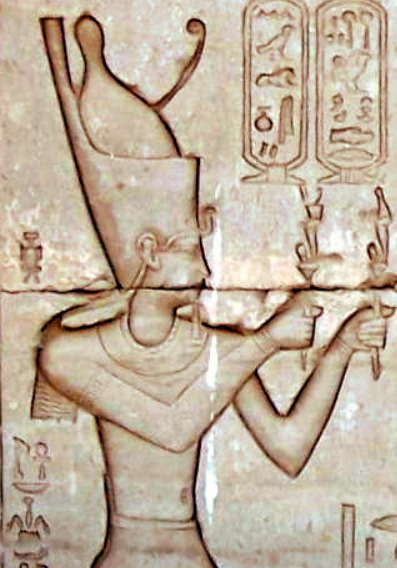
Nero again

Trajan making sacrifices to Hathor
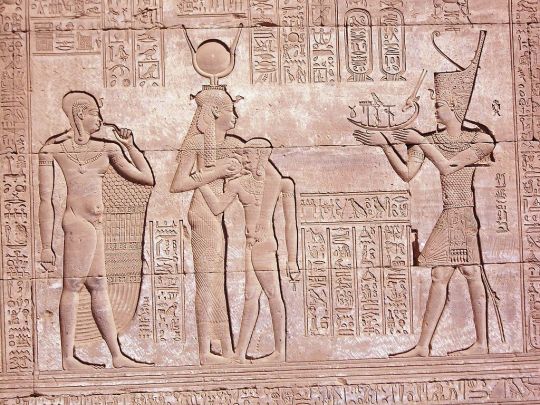
Domitian

Domitian with Horus
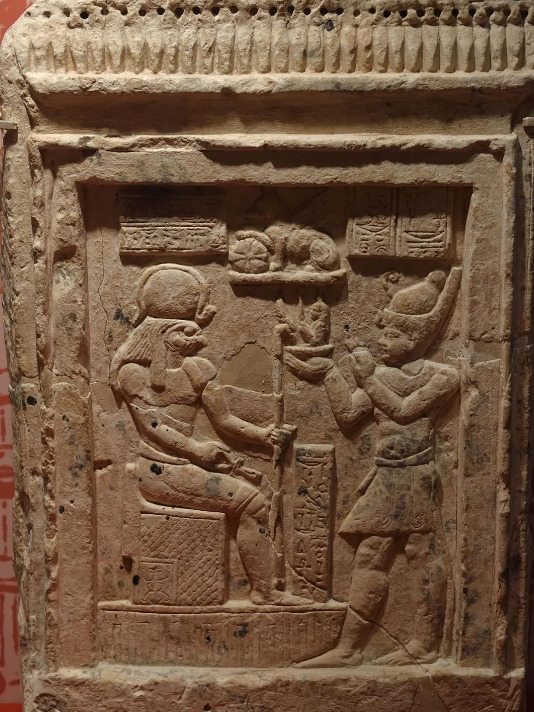
Caracalla
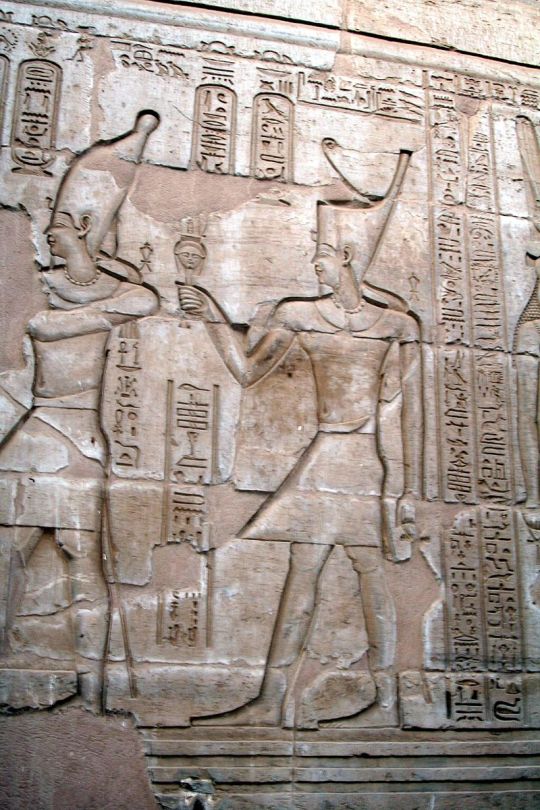
Marcus Aurelius

98 notes
·
View notes
Text
Ash (Set)

#artists on tumblr#rc song of the crimson nile#song of the crimson nile#rc fanart#rc#rc art#rc ash#rc set#romance club fanart#romance club art#romance club#ancient egypt
17 notes
·
View notes
Text
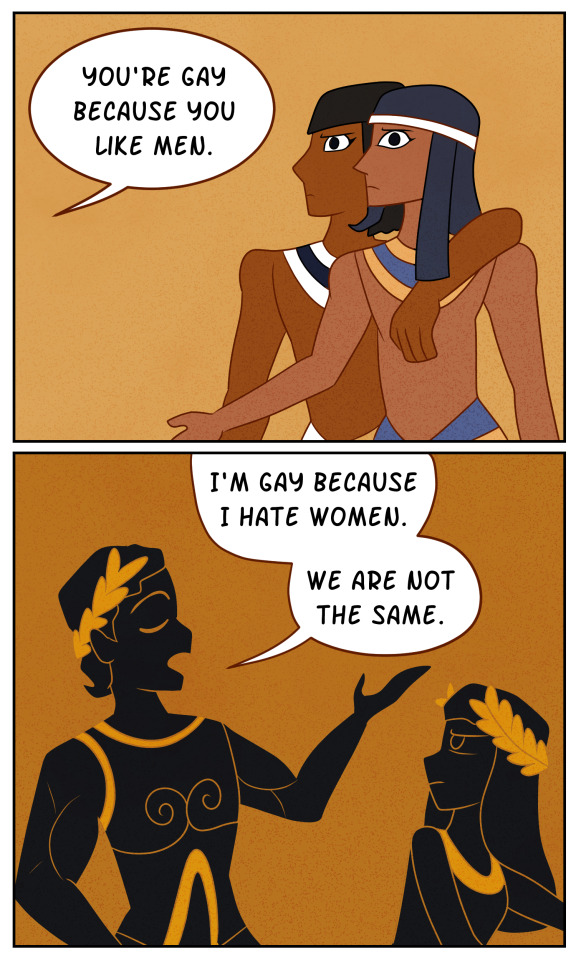
This seems to be what I've learned.
180K notes
·
View notes
Text
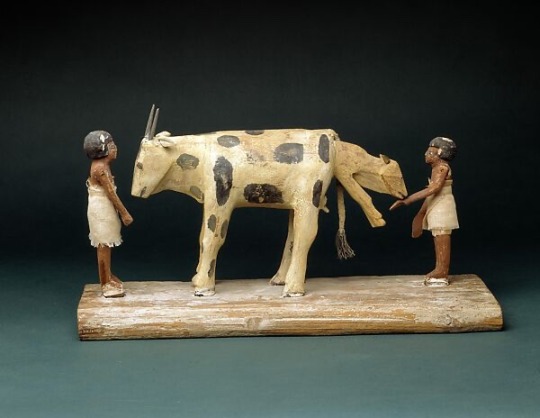
I can’t tell you how much I love this artwork from ancient Egypt (the Middle Kingdom). People have been raising cattle and practicing animal husbandry for so long, that there is something almost inherently human about this scene.
Everyone in the field of veterinary medicine or agriculture knows the feeling of staying up late with a laboring animal trying to make sure both mom and baby are okay. Delivering a calf is often physically and emotionally exhausting work that takes enormous patience and learned skill. It requires a unique balance of physical strength and gentleness to do correctly. There is no feeling quite like getting that baby out and everyone is okay. I’m certain ancient people must have felt the same way, and I wonder if the artist knew this feeling firsthand. I wonder if those humans depicted were people the artist knew, if the cow and calf maybe were as well.
18K notes
·
View notes
